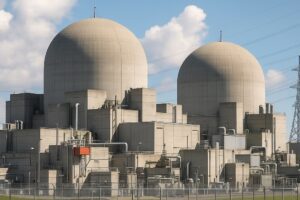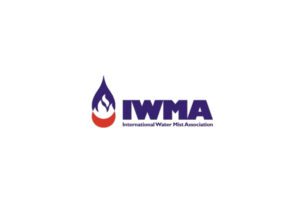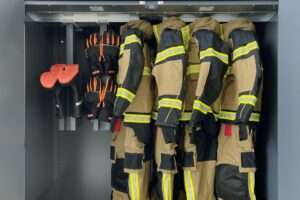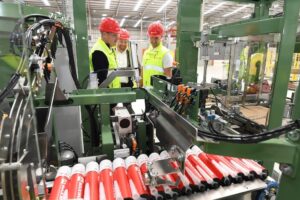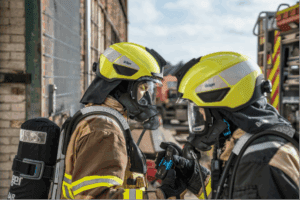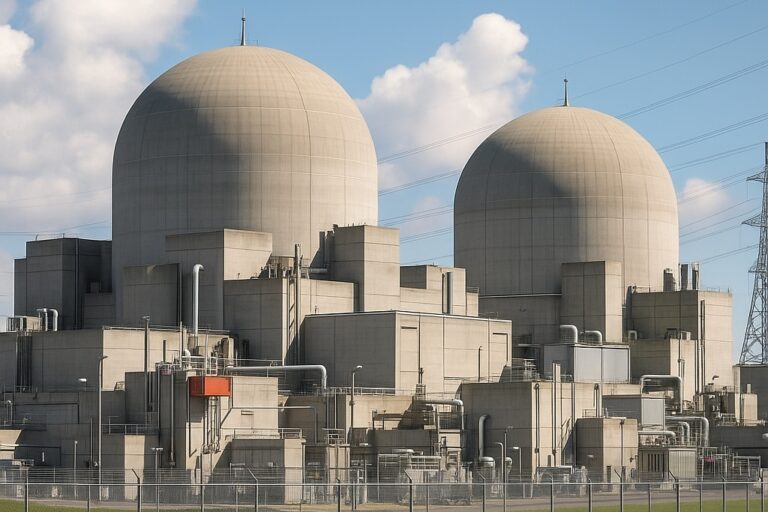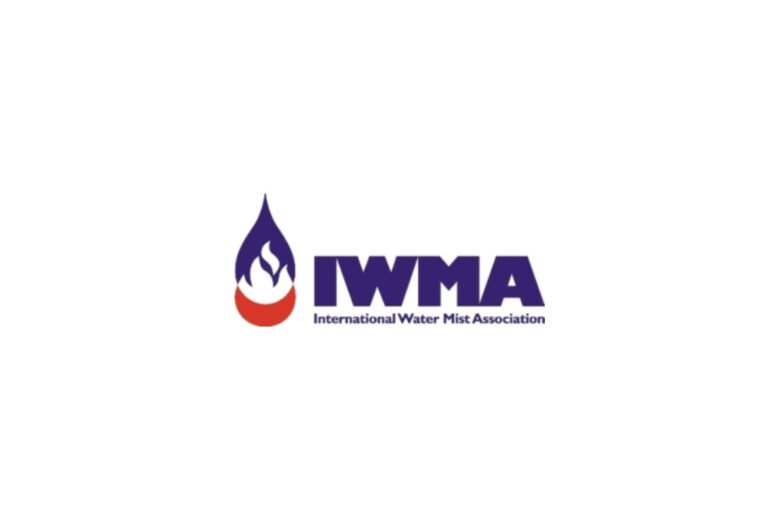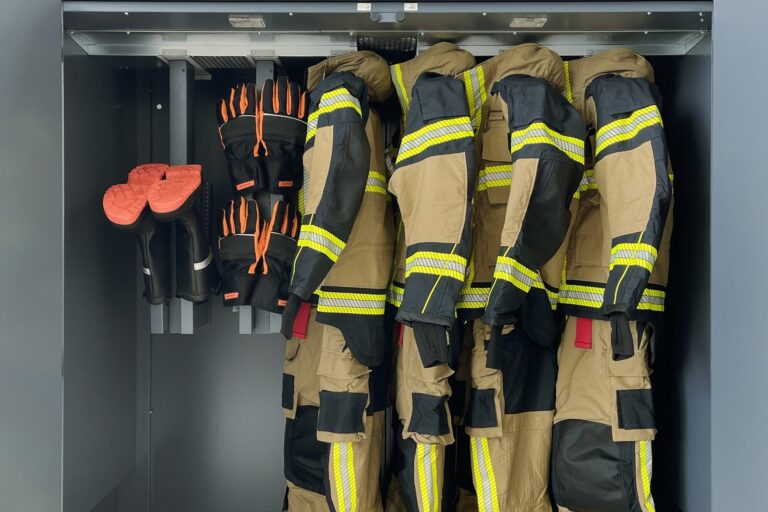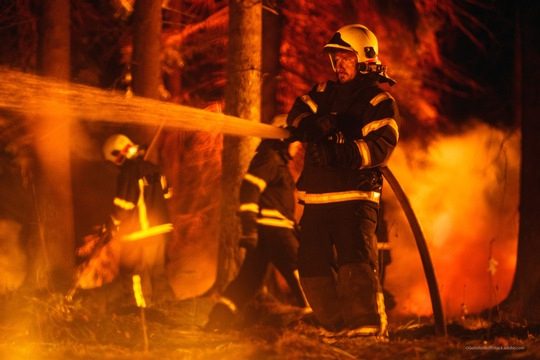In recent weeks the same pattern has been repeated in the news of industrial and warehouse fires; images of a significant fire, large plume of smoke, and significant resources drawn from across a wide geography to tackle them. It is clear that when a fire in a commercial or industrial building breaks out it can be devastating. If not suppressed quickly the results can be catastrophic with the fire service frequently unable to save the building. With recent figures showing the average cost of a large warehouse fire is £5.9m1, businesses must consider the impact and scale of fire and its consequences. Tom Roche, Secretary of the Business Sprinkler Alliance provides an insight into fires in unprinklered buildings and the disproportionate use of resources.
From large complex buildings with automated handling and complex storage arrangements to much smaller scale warehouses, buildings face huge challenges in the face of a fire and substantial resources are required to contain them. Statistical data for industrial and commercial fires for the period of 2011/12 to 2020/21 indicate there were 2,307 fires recorded where the spread of fire impacted either the whole building or more than two floors. These fires required the attendance of more than four fire and rescue service vehicles and the time at scene of the fire was more than one hour. In short, this equates to a fire with this impact 4.5 times per week during that 10 year period.2
As recently as 13th March 2023, firefighters were called to a large fire at an unsprinklered warehouse in Andover. The devastating blaze tore through a family-owned furniture business and a neighbouring tenant on a busy industrial estate. The early morning fire at Dormy House required 100 firefighters, 12 appliances and specialist equipment including aerial ladder platforms and high-volume pumps from Hampshire Fire and Rescue Service and neighbouring counties to tackle the blaze. The fire sent plumes of toxic black smoke over this congested area.
The fire service reported that 90% of the predominantly one storey, 10 year old building was destroyed by the fire which also spread to Urban Retreat, a cosmetics and perfume mail order business next door.
It is interesting to note that this fire took place in a modestly sized building with a footprint of no more than 3,500m2. The fire service worked hard to protect surrounding properties yet the intervention of 100 firefighters and all their resources could not stop the fire in a building of this size. Industrial fires impact far larger premises with similar results and with potentially larger impacts.
Just five days later on March 18th, a blaze broke out at the Savannah Rags clothes warehouse in Mansfield and completely destroyed the building. It required 15 fire crews and again more than 100 firefighters from the Nottinghamshire Fire and Rescue Service to contain it. Similar to the fire in Hampshire five days earlier, this fire also required huge resources including an aerial ladder platform in order to prevent the fire from spreading to nearby homes. The building did not have the benefit of an automatic sprinkler system.
Another two businesses counting the cost and damage of a destructive fire are on an industrial estate in Corby. In the early hours of April 25th, fire crews from Northampton Fire and Rescue Service were called to a major fire in a warehouse unit which housed two businesses. This building was again a modestly sized floor area of around 2,000m2. At the height of the fire, there were nine fire engines tackling the flames with appliances from Cambridgeshire, Lincolnshire and Leicestershire. The fire and rescue service contained the fire but were unable to save the building which was completely destroyed.
In a little over one month, we have seen three destructive fires and three destroyed buildings. The fires might well have been contained but the buildings still need to be demolished and dismantled due to the severity of the fire. Environmentally, the disposal of the damaged building will be controlled and even the water used in the fire will have to be carefully treated.
The last element on the water used at the fires in Andover, Mansfield and Northampton deserves some consideration. The firefighters have worked hard using thousands of litres of water as their principle means to control the event. The images from each event show multiple hose streams in operation but the total amount of water used is not currently known. Water industry guidance for a one to two hectare industrial site indicates it will require a water supply capable of delivering a minimum of 35 litres per second (2100 l/min)3, the equivalent of around fourteen generous baths full of water every 60 seconds. Previous work on water used in fire events has led to various formulae and discussions on the level of water needed to attack and control a fire, requiring hundreds of cubic metres of water over the length of a fire incident. Needless to say the larger the fire, the more water that would be needed. We should therefore be asking ourselves does this make sense from a resource standpoint when we view the outcome?
If we were to go through our history of looking at some of these significant fires, there is the same pattern of behaviour where the fire and rescue service attend and need additional resources from other areas. They work to contain the fire but the outcome is largely the same, the building is not saved. It points to the fact that for such buildings the unit of control is the building and not a smaller compartment within it. Something many would be surprised by.
Large buildings and larger fires
We also need to consider what happens with the bigger fires. As the size of the building gets larger, this will challenge the fundamental ability of the fire and rescue service to access the building and the seat of any fire. These fires need to be contained early or you can expect them to grow.
We are building buildings which are more concentrated in their internal use, bigger volume buildings and many designers/owners assume the fire service will intervene when there is a major fire. However, they have physical limitations when it comes to firefighting due to their compartment size. Recent fires talk about hundreds of firefighters and pulling resources from surrounding areas, but the buildings are still not saved. Is this sensible? The surrounding buildings are protected but the building at the origin of the fire is massively damaged.
Industrial fires such as these once again highlight the rationale for greater consideration of resilience alongside life safety as a reasonable requirement. Such an expectation would result in more buildings being designed to be resist disproportionate damage, using combinations of passive and active fire safety measures.
The number of industrial fires may have fallen but the extent, the resources used and cost of those that continue to happen is increasing. However, they can be contained by systems such as sprinklers to ensure that firefighters can extinguish them and are not put at risk. Ultimately the businesses, jobs and the economy are protected.
For more information about the BSA visit the www.business-sprinkler-alliance.org
To read more news and exclusive features see our latest issue here.
Never miss a story… Follow us on:
![]() International Fire Buyer
International Fire Buyer
![]() @Firebuyer
@Firebuyer
![]() Fire Buyer
Fire Buyer
Media Contact
Rebecca Spayne Managing Editor, International Fire Buyer
Tel: +44 (0) 1622 823 922
Email: [email protected]


